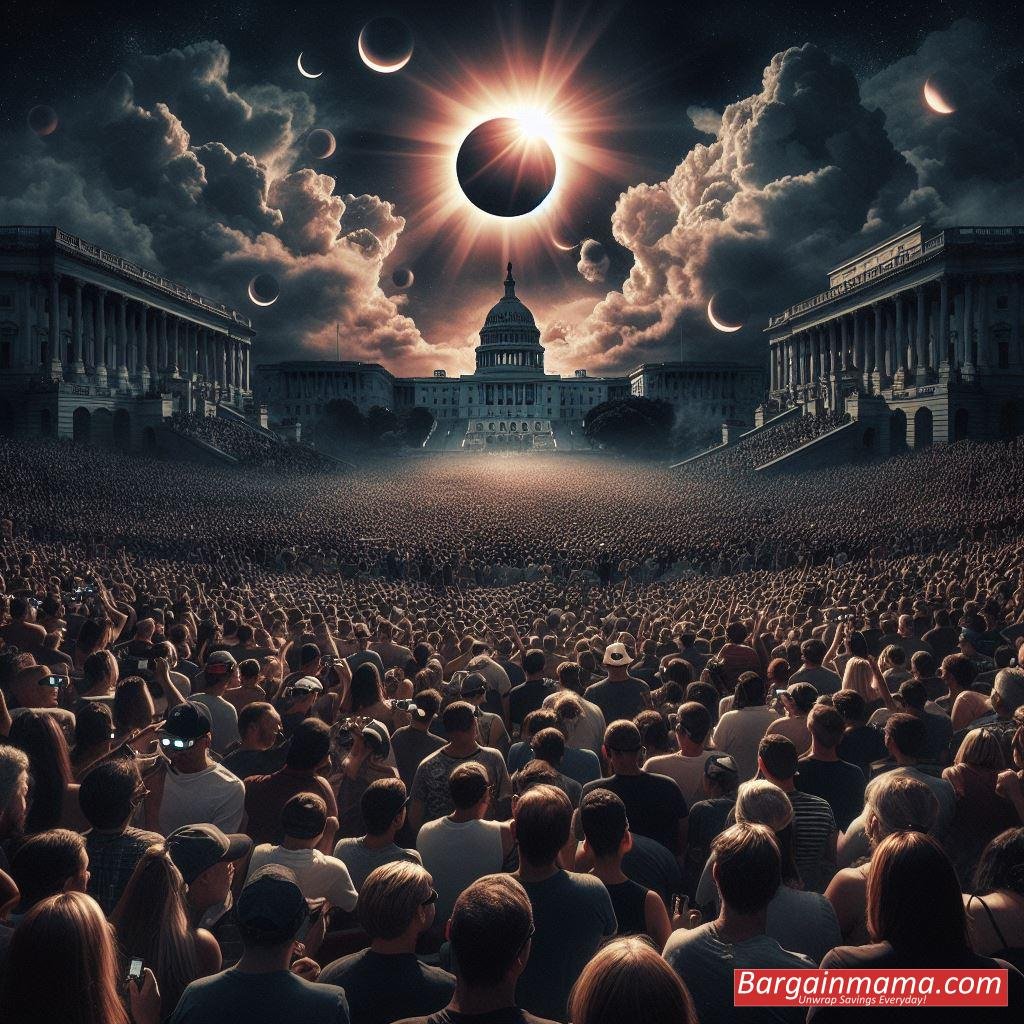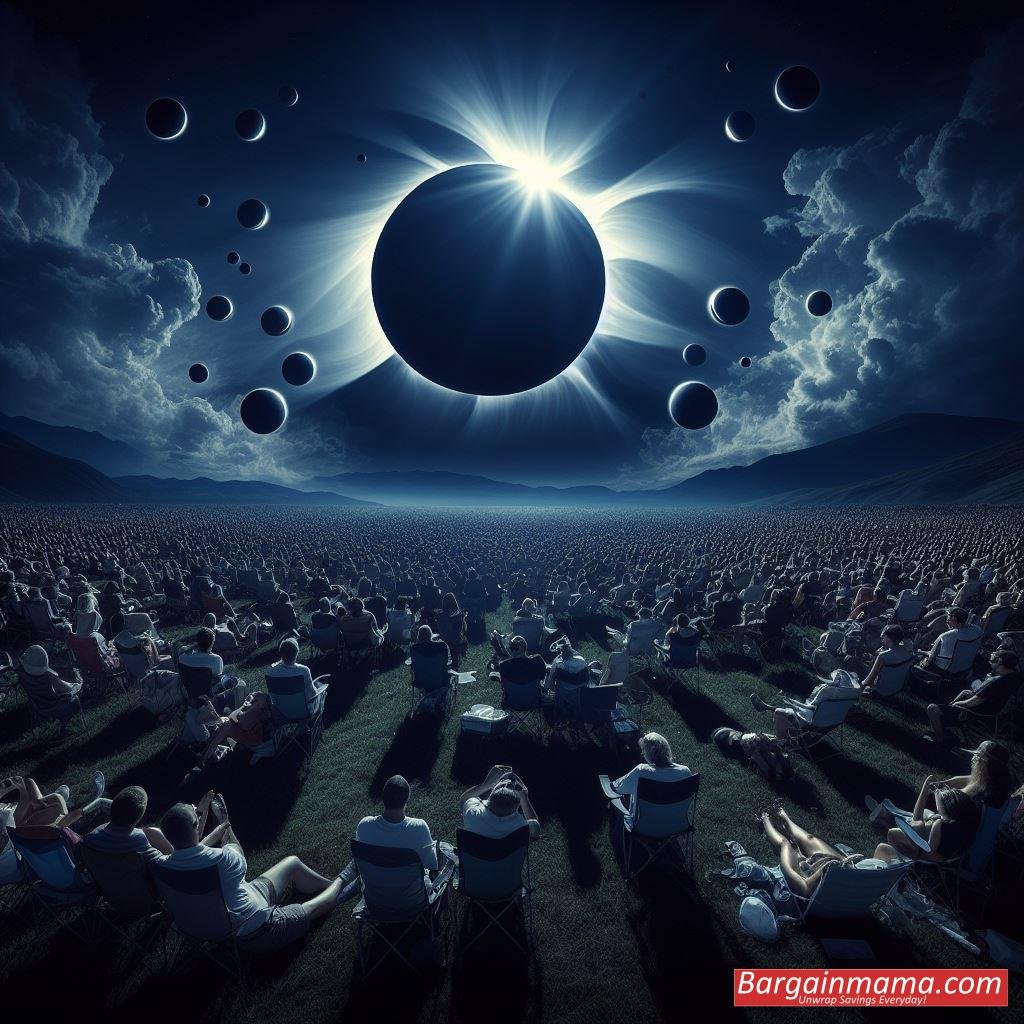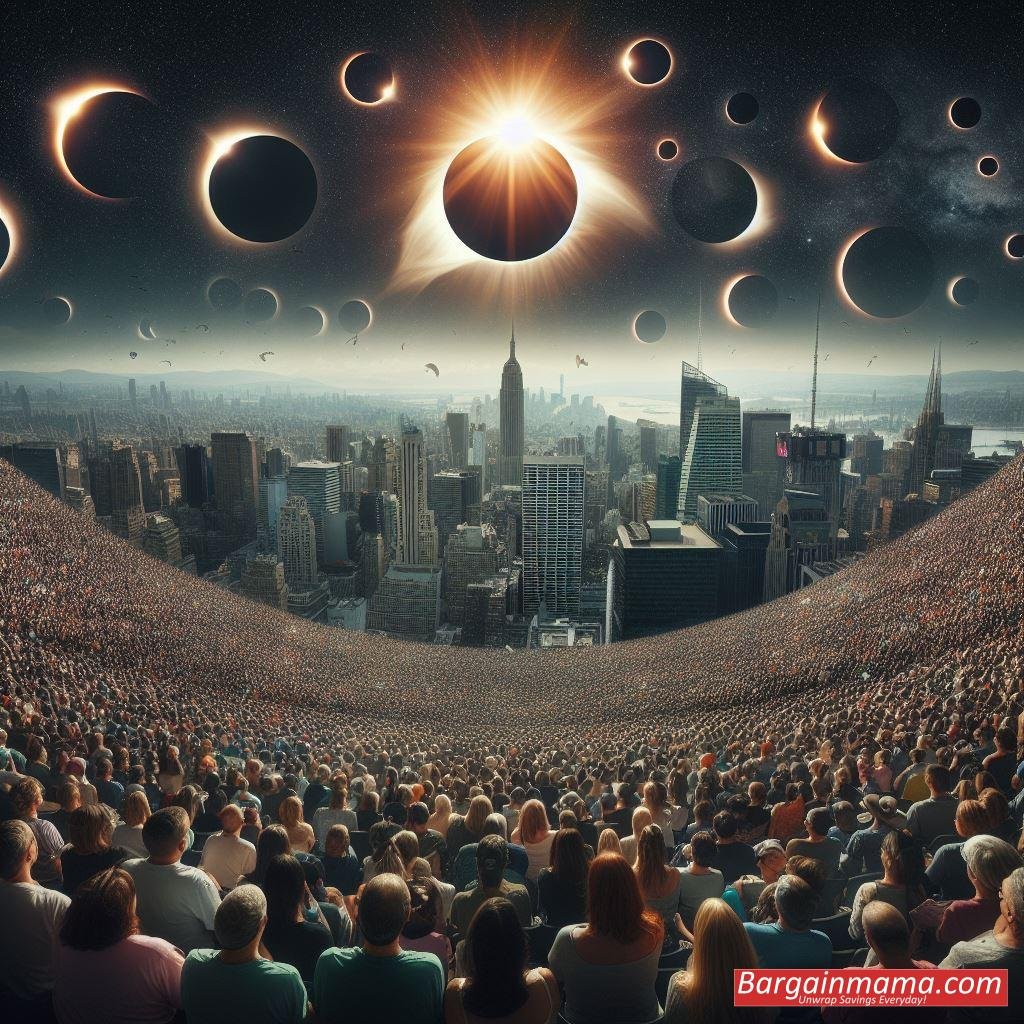A total solar eclipse is expected to occur on April 8 and cover a huge area of North America, exciting millions of people to see a once-in-a-lifetime astronomical phenomenon. The eclipse, sometimes referred to as the Great American Eclipse, will travel from the southwest to the northeast in a path of totality, briefly engulfing the towns and cities it passes through.

For a few brief moments during the eclipse, daylight will give way to unexpected darkness as the moon completely obscures the sun’s light as it passes between the Earth and the sun. Known as “totality,” this occurrence will provide onlookers with an opportunity to see the sun’s corona, or outermost layer of atmosphere.
The 115-mile-wide path of totality will pass through portions of the United States, Mexico, and Canada before coming to an end. The eclipse will cross 13 states in the United States alone, passing through hundreds of cities and towns in its path. It is anticipated that 31 million Americans will get to see this incredible show.
You may use interactive maps to see which cities are along the path of totality and to find out when totality will get there as well as how long it will be dark. There will be differences in the length of totality; some places will just see a few seconds of darkness, while others can see more than four minutes.

The eclipse will start at about 11:07 a.m. PDT and end at about 3:33 p.m. EDT, traveling up the Pacific coast of Mexico before entering the United States. During this time, different cities along the route—like Eagle Pass, Texas, and Lee, Maine—will witness totality at different times.
Communities can unite in celebration during the eclipse, which provides a unique opportunity for celestial observation. In celebration of the milestone, a number of the path’s cities are organizing festivals, watch parties, and other events that are open to both locals and visitors.
NASA predicts that the next total solar eclipse that will be seen in North America will take place in 2033, highlighting how uncommon this celestial event is for those who are unable to see it for themselves. Until then, skywatchers are urged to take advantage of this exceptional chance to see the magnificence and wonder of a total solar eclipse.




